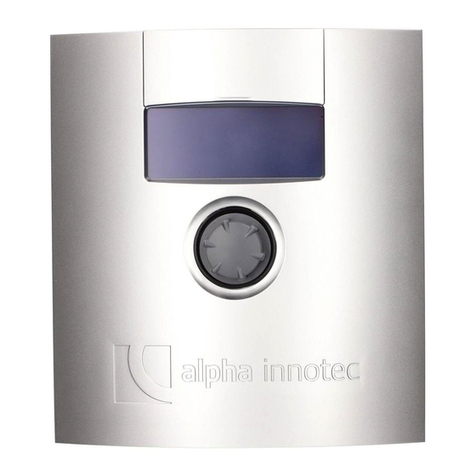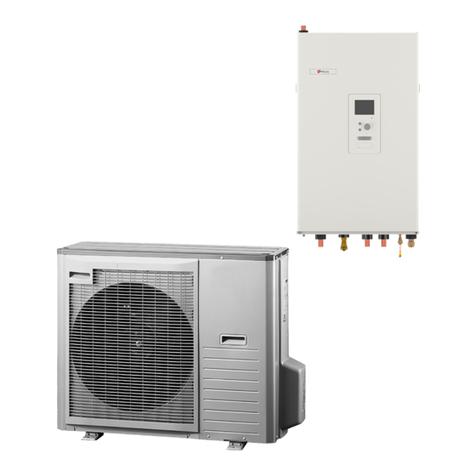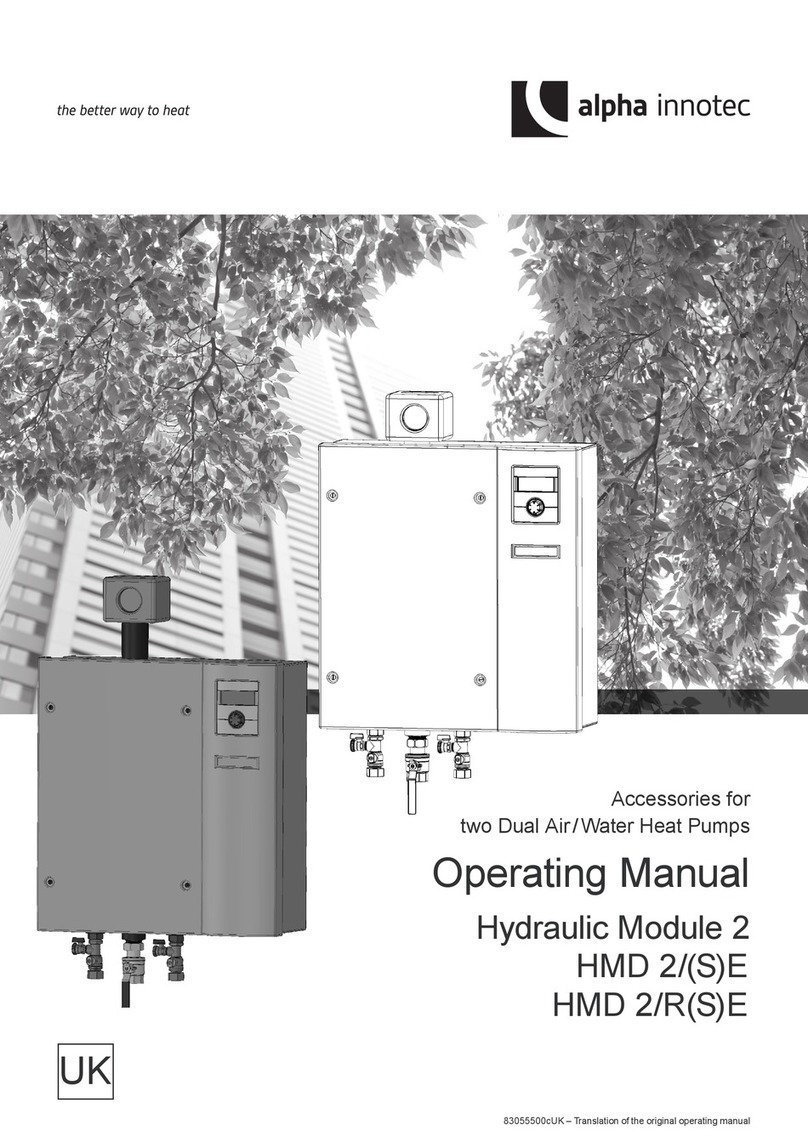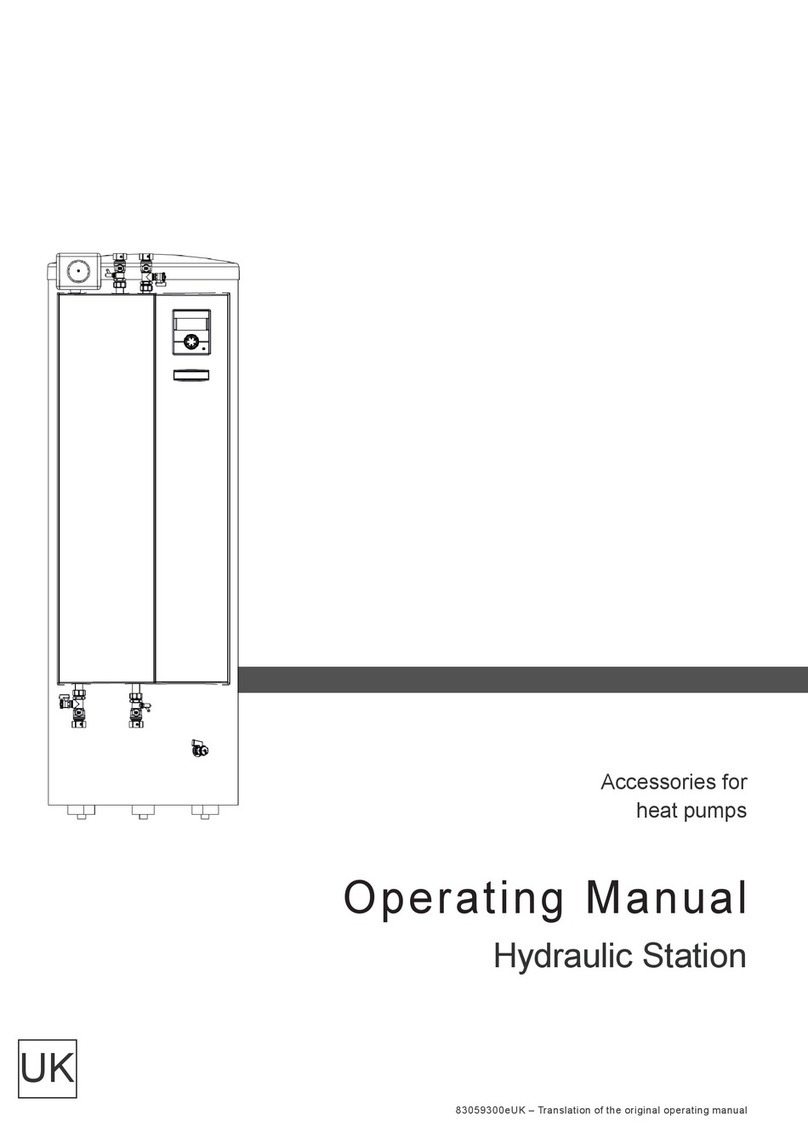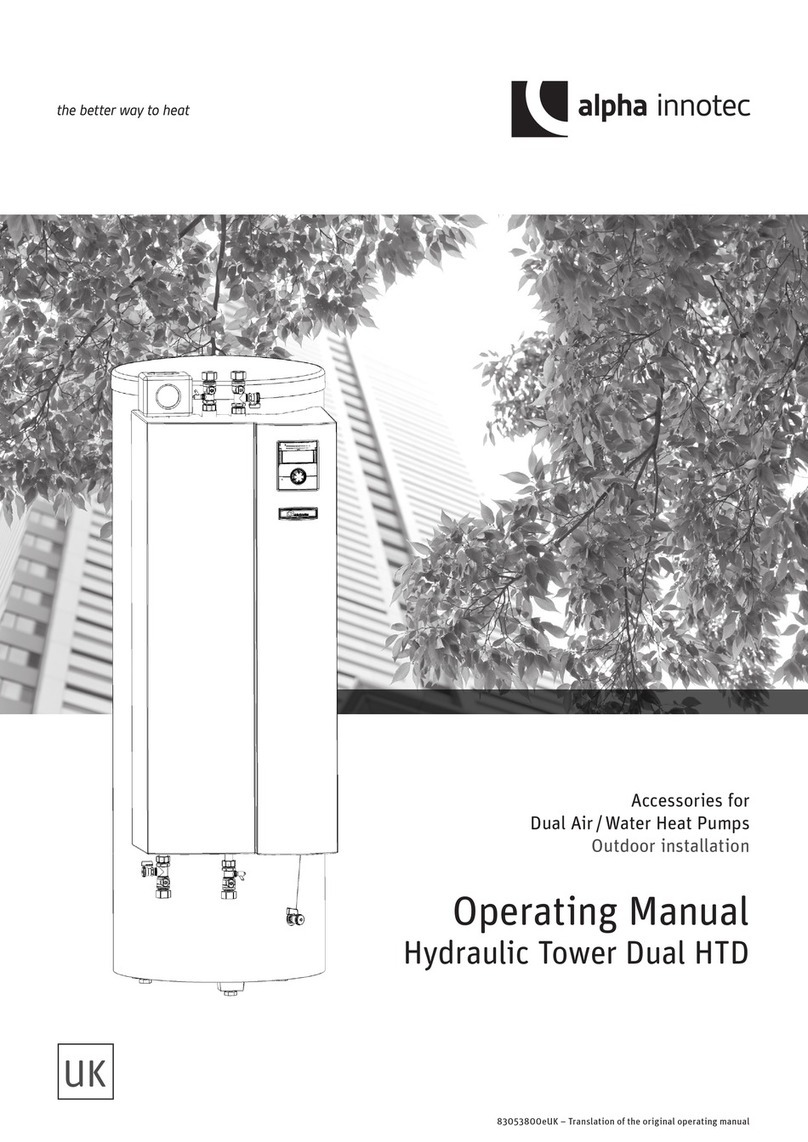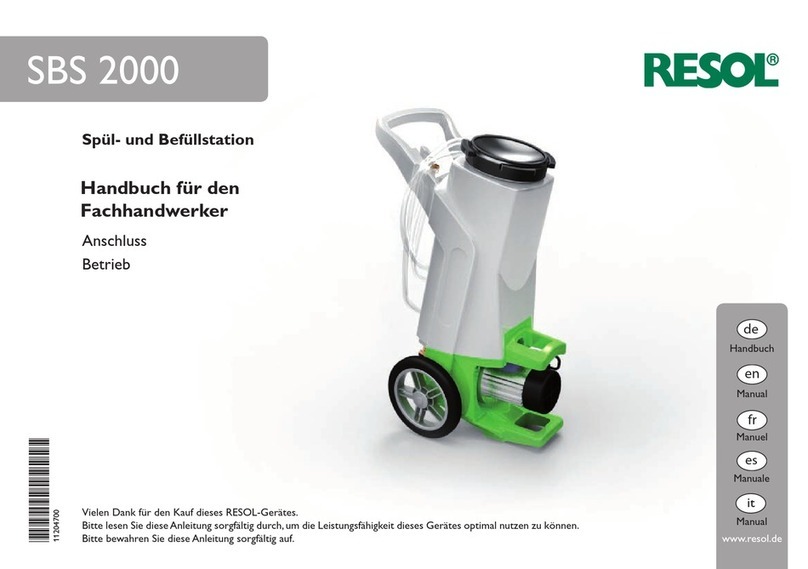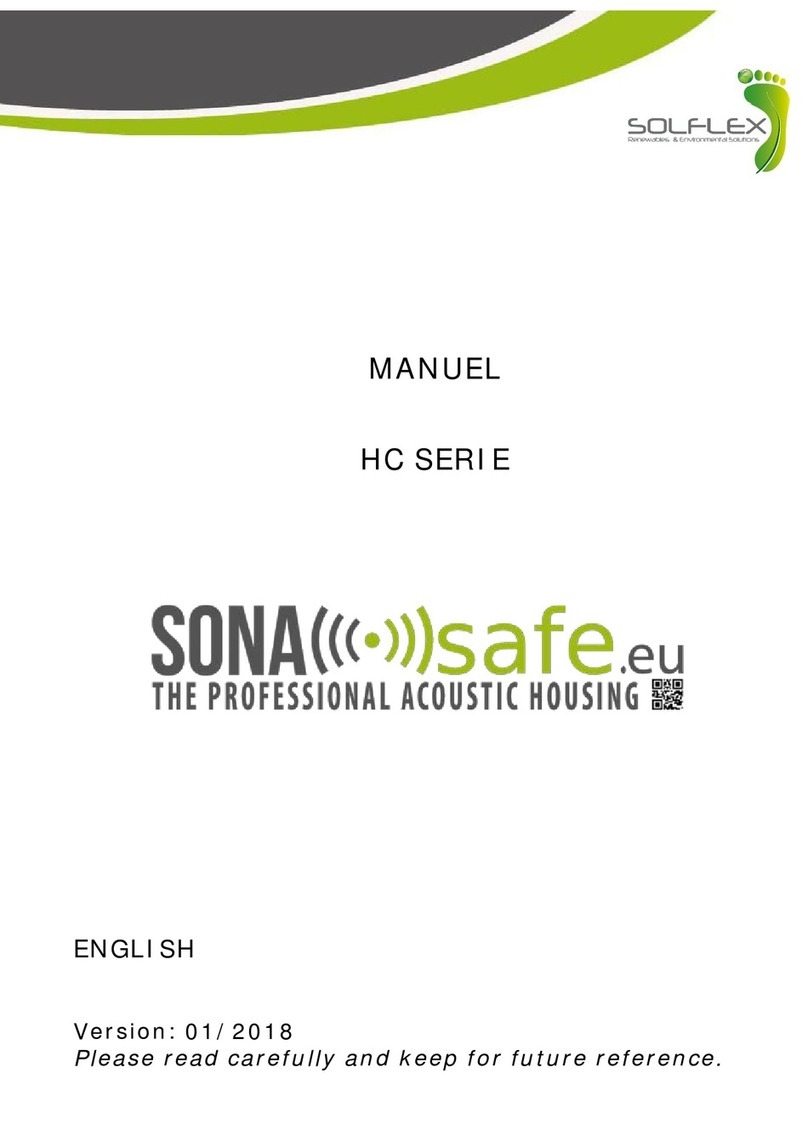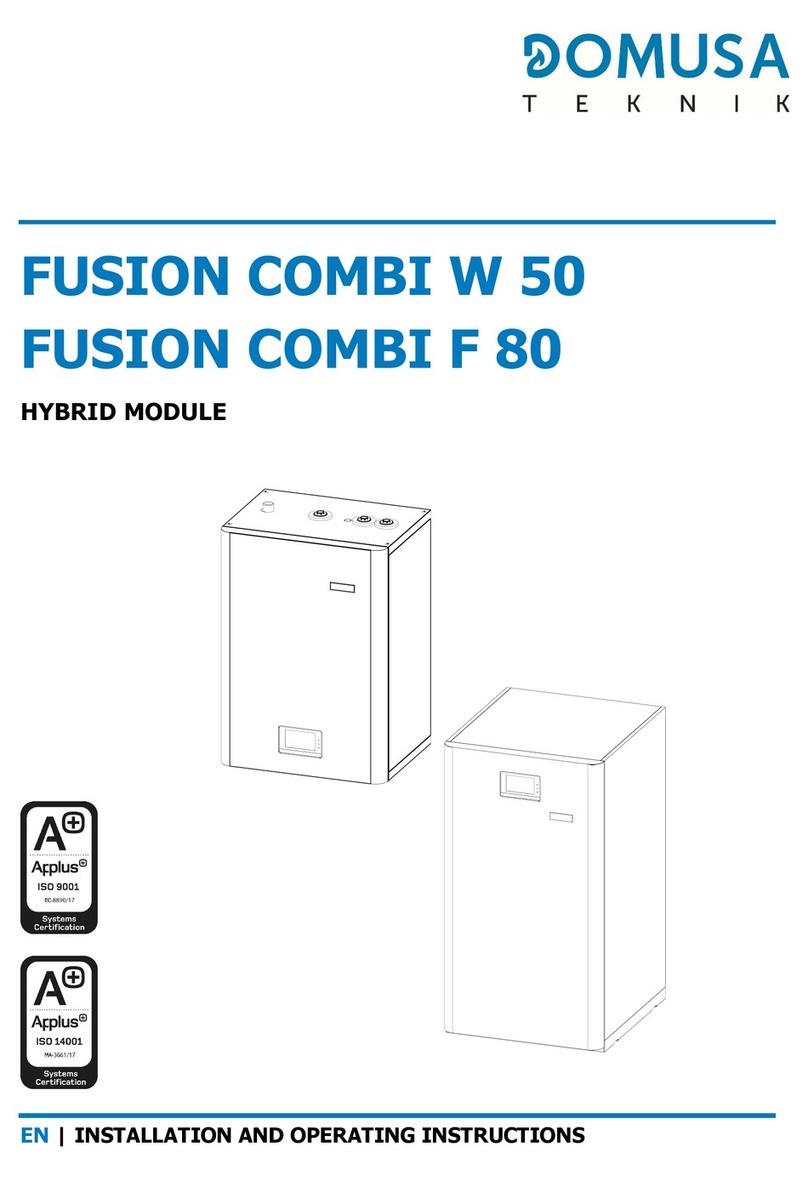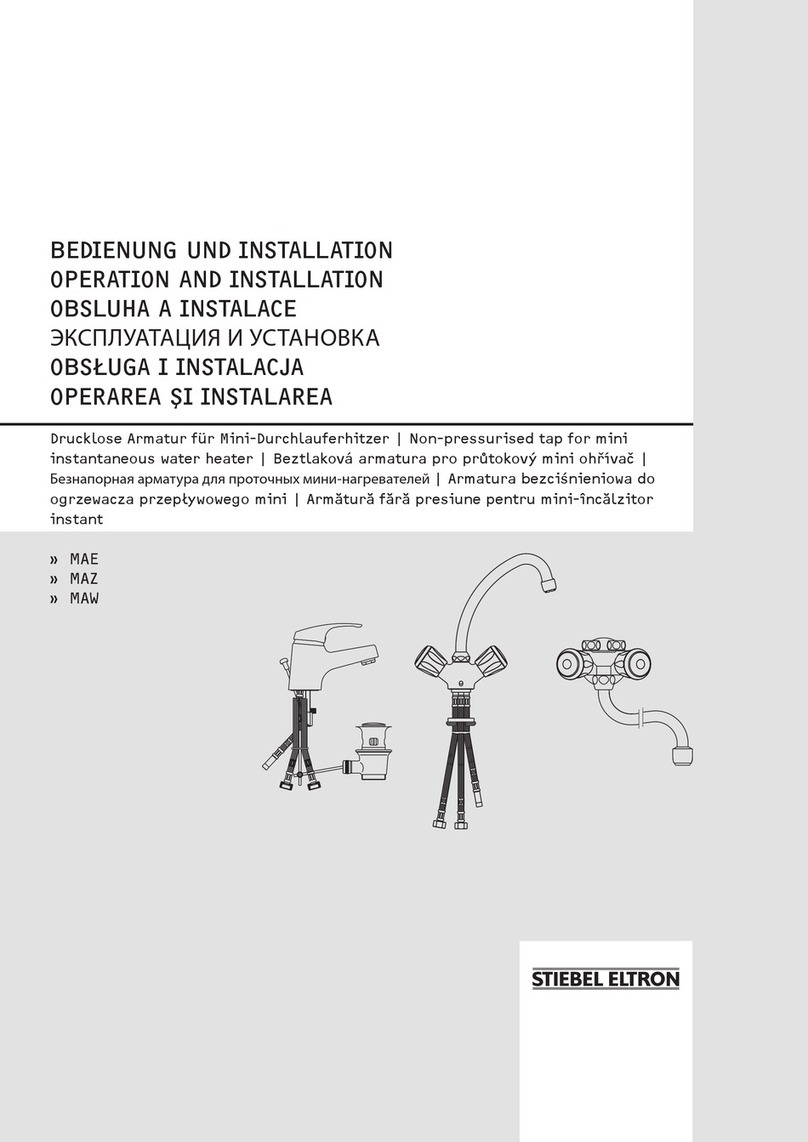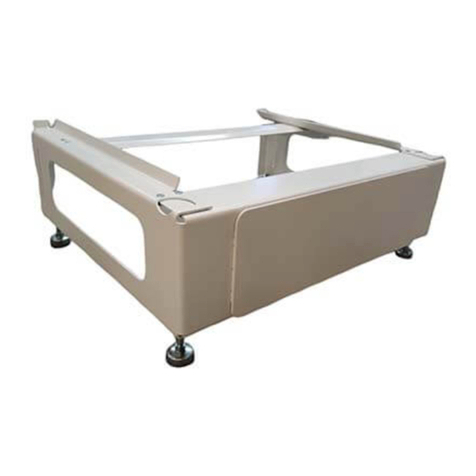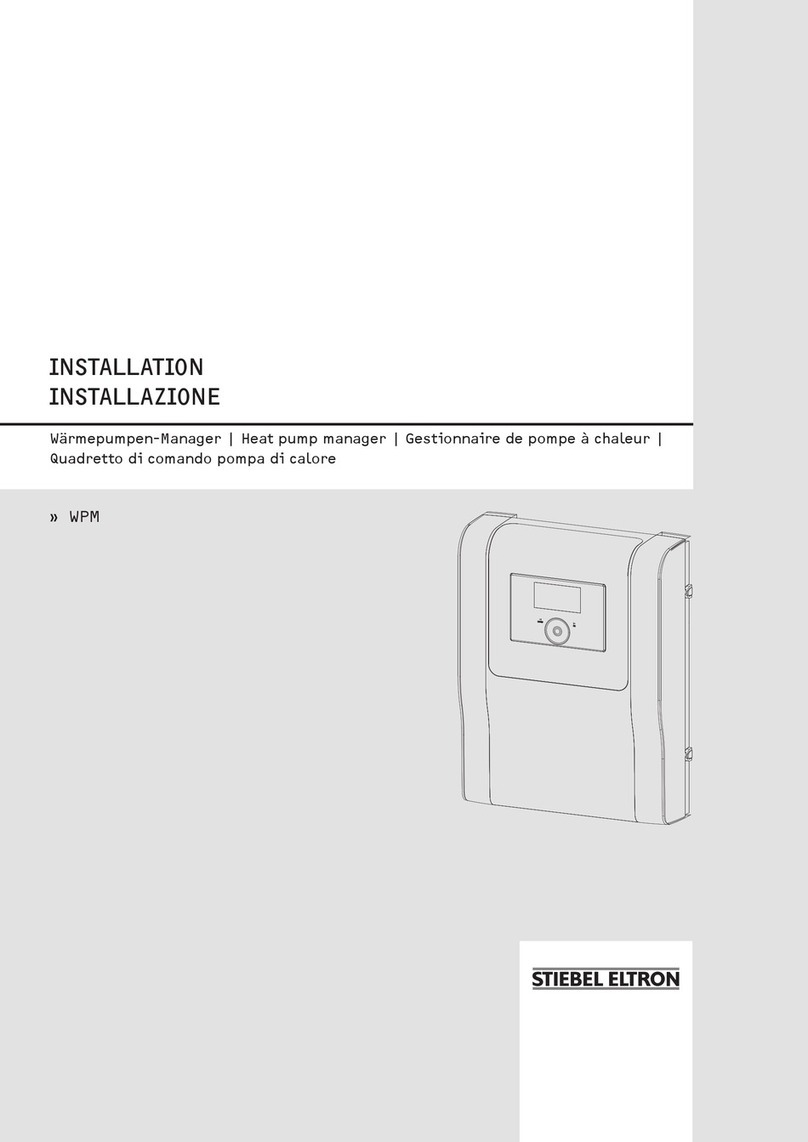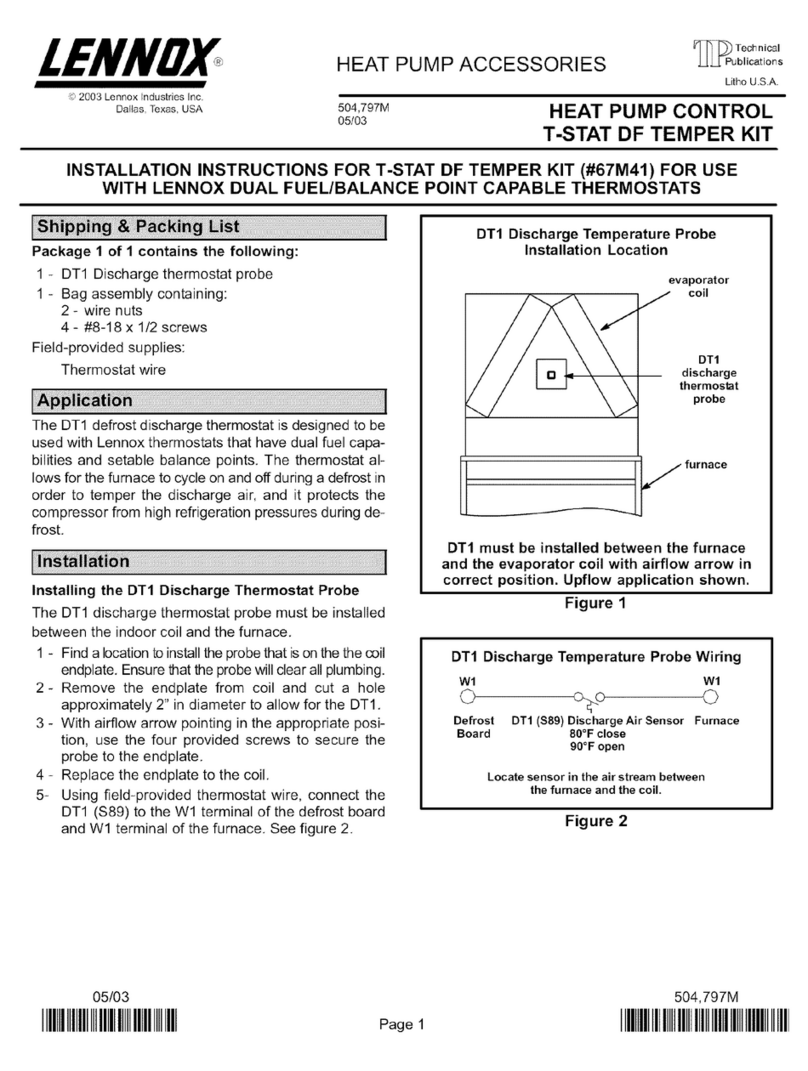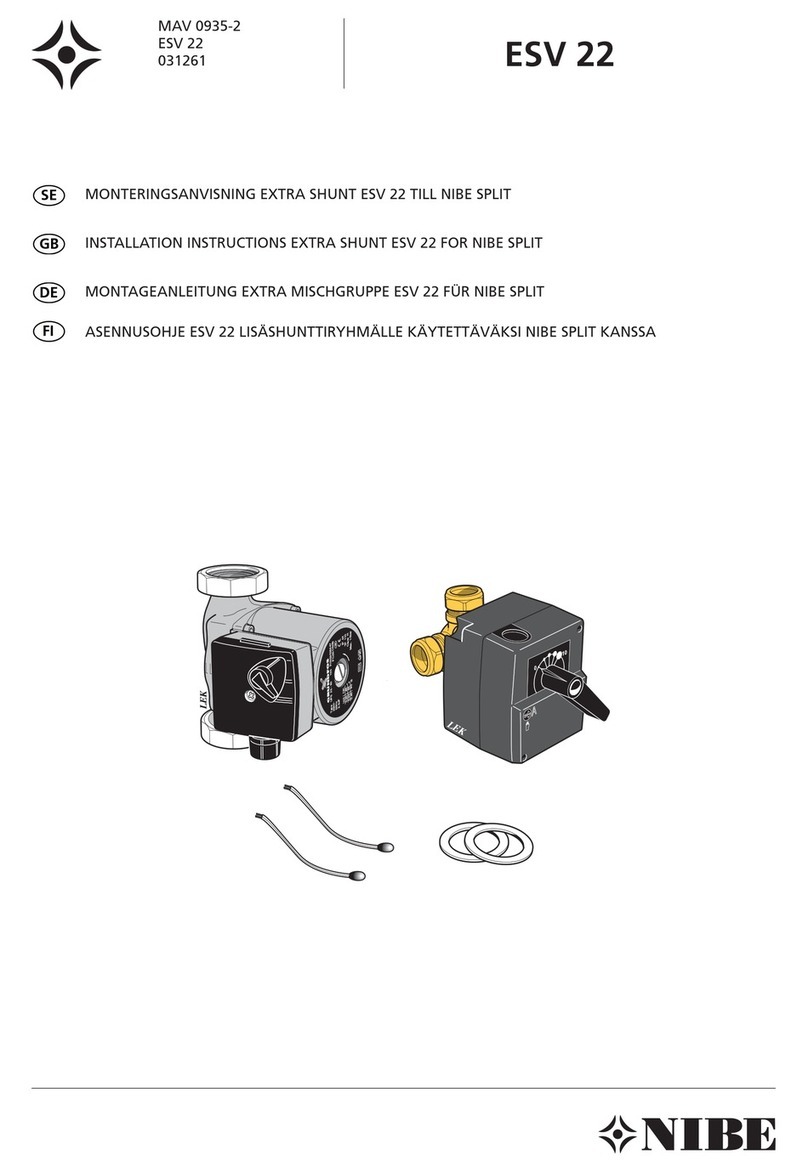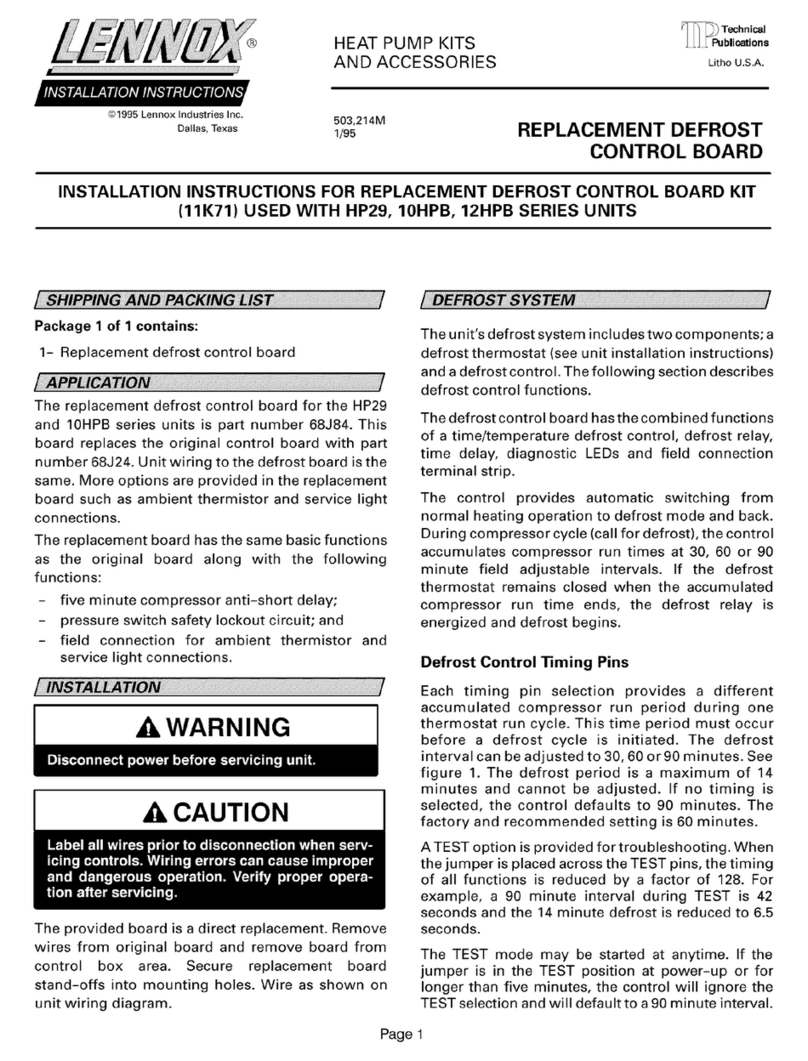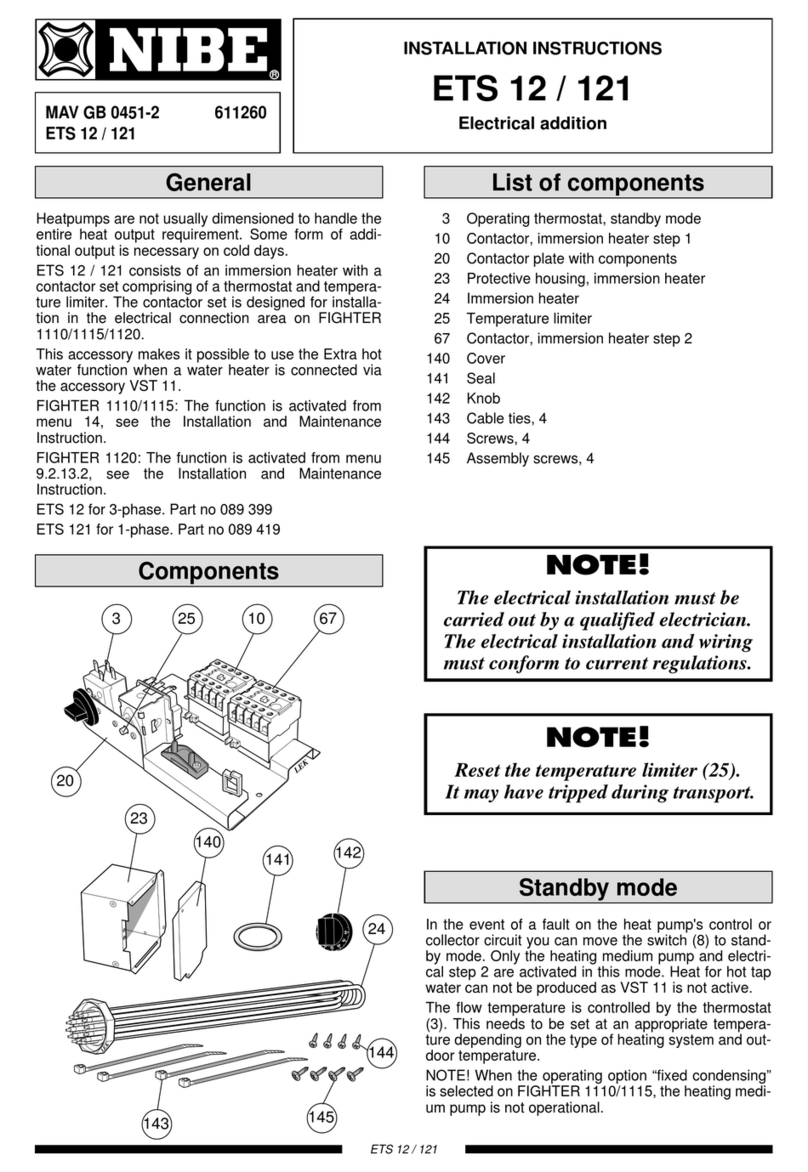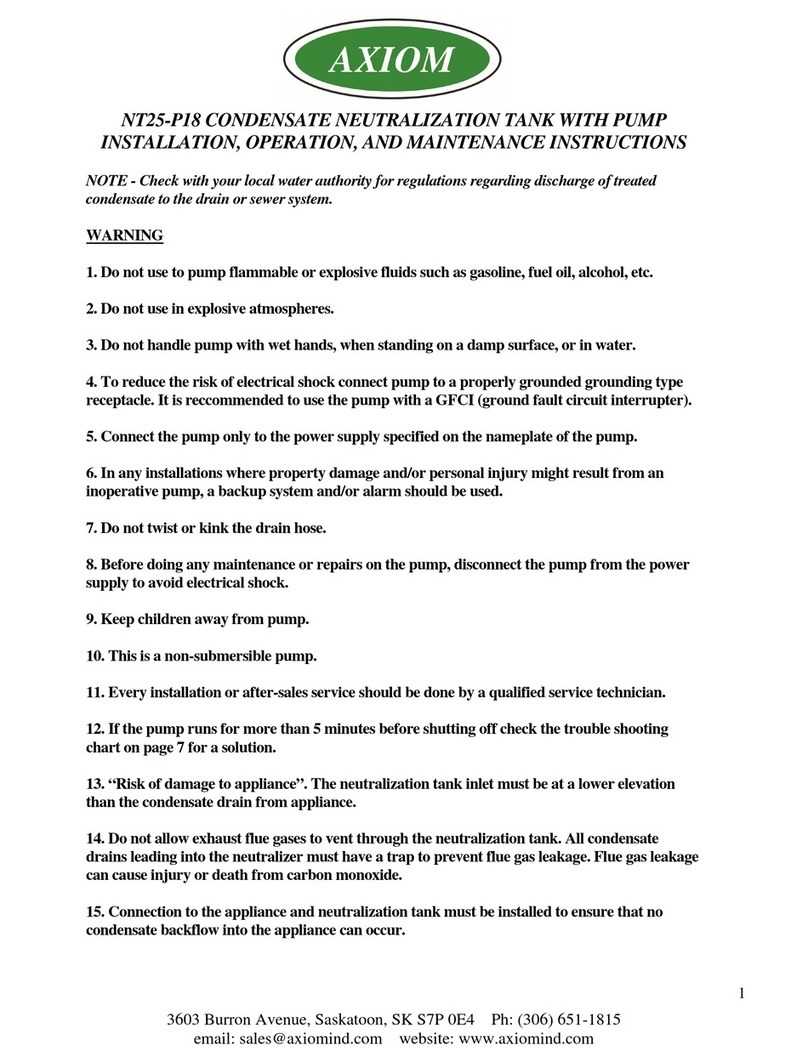
3Subject to technical amendments without prior notice | 83055400kUK – 2.1 | ait-deutschland GmbH
Contents
PLEASE READ FIRST.................................................................................................2
SYMBOLS.......................................................................................................................2
SCOPE OF DELIVERY, MONTAGE, ELECTRICAL CONNECTIONS,
INSTALLATION OF SENSORS, DISMANTLING
SCOPE OF DELIVERY...............................................................................................5
Installed control scope of supply..............................................................5
Wall control scope of supply.......................................................................5
MONTAGE......................................................................................................................5
Assembly of the installed control.............................................................5
Assembly of the wall control.......................................................................5
Air/Water outdoor units standard......................................................5
Air/Water outdoor units professional (LWP).................................5
ELECTRICAL CONNECTIONS..............................................................................6
Installation of the Wall-control ..................................................................6
Air/Water outdoor units standard......................................................6
Air/Water outdoor units professional (LWP).................................6
Control unit variants ........................................................................................8
Variants of the motherboard.......................................................................8
Assembly and Installation of sensors.....................................................9
External sensor.................................................................................................9
Hot water sensor.............................................................................................9
External return ow sensor.................................................................... 10
DISMANTLING ......................................................................................................... 10
SOFTWAREUPDATE / DOWNGRADE........................................................ 10
SWITCHING ON / COMMISSIONING........................................................... 10
STARTUP GUIDE ..................................................................................................... 12
Fix startup parameters................................................................................. 13
Reset start-up parameters......................................................................... 13
EMERGENCY MODE.............................................................................................. 14
PROGRAM AREA “COOLING”
SELECT PROGRAM AEREA
.................................................................................. 15
SETTING THE MODE OF OPERATION “COOLING“
...................................... 15
SET TEMPERATURES
............................................................................................. 16
SET PARAMETERS
................................................................................................. 16
COOLING BASED ON SET TEMPERATURE OR
DEPENDING ON OUTDOOR TEMPERATURE
................................................17
ENABLE ACTIVE COOLING
..................................................................................17
PROGRAM AREA “SERVICE“
SELECT PROGRAM AREA
.................................................................................... 18
QUERY INFORMATION
......................................................................................... 18
Query Temperatures.................................................................................. 18
Query inputs................................................................................................... 19
Query outputs............................................................................................... 19
Query elapsed times..................................................................................20
Query operating hours............................................................................. 20
Query error memory..................................................................................20
Query switch os......................................................................................... 20
Query the system status.......................................................................... 21
Query energy monitor.............................................................................. 21
Query heat quantity................................................................................ 21
Query energy input.................................................................................22
Query the history and exporting the history ...........................22
Query building services management system (BMS).............22
Query Smart.................................................................................................... 23
Query InfoLog................................................................................................23
Query Inverter ...............................................................................................23
Query EventLog............................................................................................23
MAKING SETTINGS
............................................................................................... 24
Determine data access.............................................................................. 24
Calling up preset program ..................................................................... 24
Determining temperatures.................................................................... 24
Hot gas utilisation / desuperheater................................................... 27
Determining priorities .............................................................................. 27
Determining system setting.................................................................. 27
Ventilating the system .............................................................................. 31
Fix startup parameters ............................................................................. 32
Back up error memory externally....................................................... 32
Eciency pump............................................................................................ 32
Enter serial number.................................................................................... 33
RBE – room control unit........................................................................... 33
Additional heating generator............................................................... 33
Inverter ..............................................................................................................34
FlexCong........................................................................................................ 35
Silent Mode..................................................................................................... 35
Pump ow lead time.................................................................................. 36
Smart................................................................................................................... 36
Smart Grid........................................................................................................36
Operating states........................................................................................ 37
Set decrease / increase.......................................................................... 37
Terminal diagrams Smart Grid ..........................................................38
SELECTING LANGUAGE OF THE SCREEN DISPLAY
.....................................38
DETERMINING DATE AND TIME
....................................................................... 38
SCREED HEATING PROGRAM
............................................................................ 39
Setting temperatures and time intervals....................................... 39
Starting screed heating program.......................................................40
Manually terminating screed heating program.........................40
HEATPUMP CONFIGURATION
........................................................................... 41
STARTUP GUIDE
.................................................................................................... 41
RESET STARTUP PARAMETERS
........................................................................ 41
DATA LOGGER
........................................................................................................ 41
CONTROL PANEL
................................................................................................... 41
Adjusting the contrast of the
control unit display ................................................................................ 41
Web server....................................................................................................... 41
